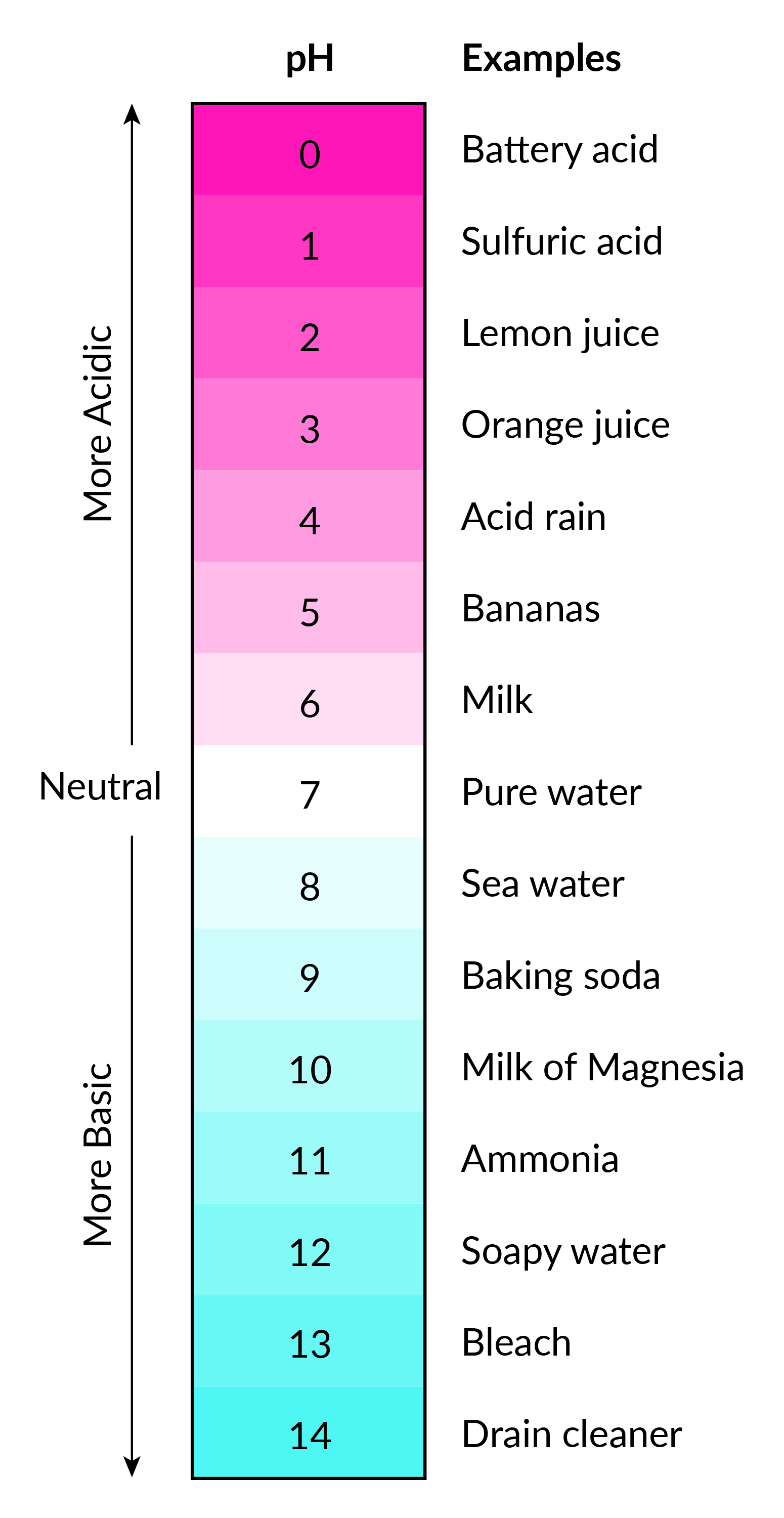Is Archival Paper Necessary?: 6 Things You Need To Know
Posted by Daniel J Dupuy on Mar 10th 2021
The preservation of artwork is a concern of both artists and collectors alike. With all the buzz words like “archival,” “alkaline,” and “acid-free,” you might be at a loss for what materials you actually need or what paper you need to print on. We have compiled a list of six things you need to know to clarify this.

1. Most papers are already acid-free
Even though there’s a large concern with respect to getting acid-free paper for the creation of art, most paper on the market is acid-free nowadays. Acidic paper used to be a major concern because the lignin, the organic polymers in paper, would deteriorate over time turning yellow and brittle. Environmental factors such as light and heat would add to this speeding up the breakdown of the paper. But now, because of changes in the composition of paper, most papers are acid free. All the papers we offer are acid-free.
If you would like to learn about pricing for a custom print, enter your desired size on our pricing calculator.
2. Alkaline is another word for “base”

You might have seen paper called alkaline-free in addition to being acid-free. All this means is that the pH of the paper is neutral. If paper is above the pH level of 7, it is basic or “alkaline” while if it is below 7, it is acidic.
3. Paper is naturally acidic
Paper that is made from wood pulp has a natural acidity to it. In order to preserve paper longer, an alkaline reserve, such as calcium carbonate (chalk), is added in the paper-making process. This protects against the acidity from aging paper and acidity due to environmental pollution.
4. Archival is a loose category for paper
There are international standards for “archival paper,” but these standards are specifically with respect to documents and publications; fine art is not mentioned. According to the International Organization for Standardization (ISO),
"Archival paper is primarily required for documents and publications intended to be kept permanently because of their high historical, legal or other significant value. Archival paper is for special purposes, not for common use. The use of the term "archival paper" does not imply that all papers kept in archives are "archival papers"."

Even though there’s no international standard for it, these are the general properties of archival paper for fine art:
- Acid-free
- Free from artificial brighteners
- No wood-pulp
Archival paper for fine art is instead made out of 100% cotton pulp. Because cotton fibers are longer than wood fibers, they are stronger and more durable in the long-term.
5. The materials and environment also matter!
In addition to the paper itself, archival can refer to the materials used and the storage of the artwork. Anything that touches the paper can affect it. Here are some important things to consider:
- Quality of Materials: The grade of your paints, oils, or other materials that come in contact with your paper can affect its durability.
- Matting: Acidic mats can harm artwork just like acidic materials. Mats are like-wise sold in acid-free and archival varieties.
- Light: Direct sunlight can fade vibrant colors and turn your paper brittle over time. Without proper shielding, even indoor lights can harm artwork.
- Environment: If the art is being hung somewhere too hot or humid, this can cause mold or damage. Colder temperatures are better, but not so cold that it becomes rigid. Ideally, the temperature and humidity should not fluctuate as that strains the material itself.
6. Archival can refer to framing
Archival framing, also known as conservation framing, refers to the framing materials and processes that minimize any outside damage to the artwork. Some artists may opt to use cheap framing materials to get the artwork out the door and just let the buyer worry about the frame, but your framing can be conservation-minded without being museum grade.

Archival framing has several properties:
- Its glass protects against Ultra-Violet light (UV)
- All mats and mounting materials are acid-free or slightly alkaline.
- The framing is reversible without causing damage
For more information about archival framing from the Library of Congress, visit this link.
Making your artwork archival is an endeavor that goes beyond just the materials used. It extends into how it is framed and where it is hung. You can make your reproductions archival as well. We do the full giclée process from digital capture and proofing to making prints. For information, check out this blog.
To get started, contact us!

